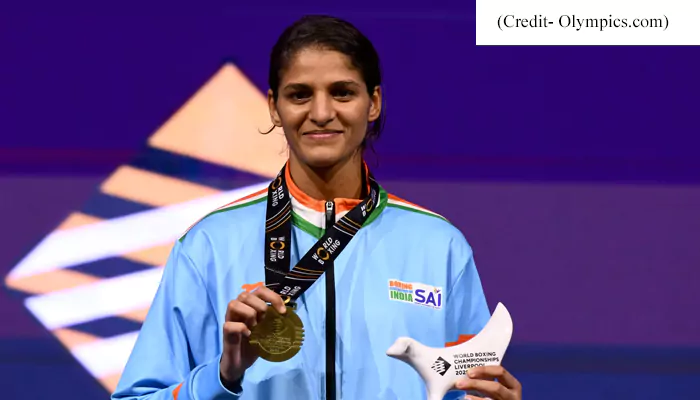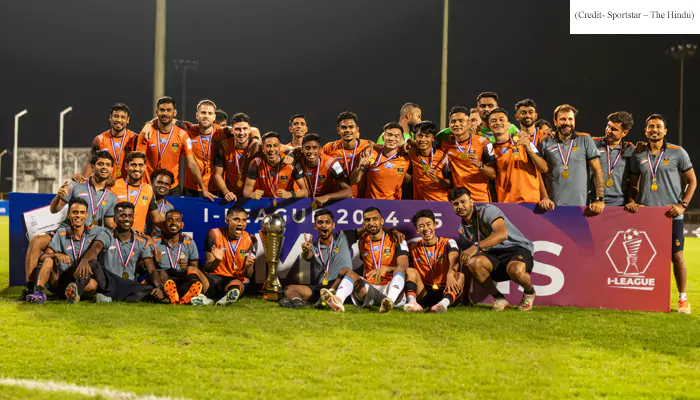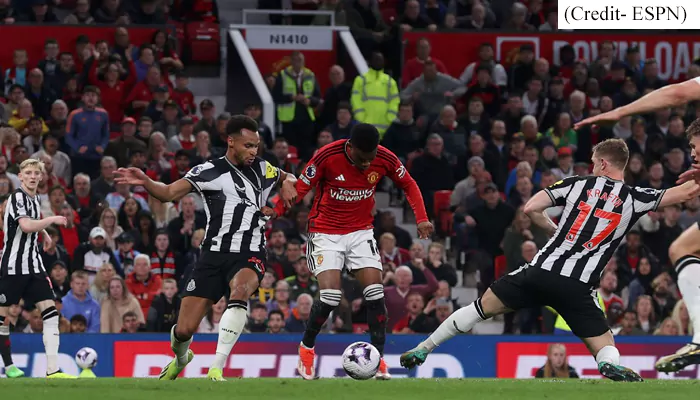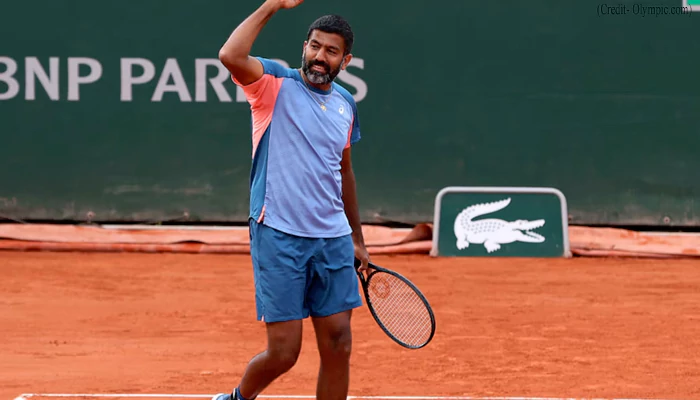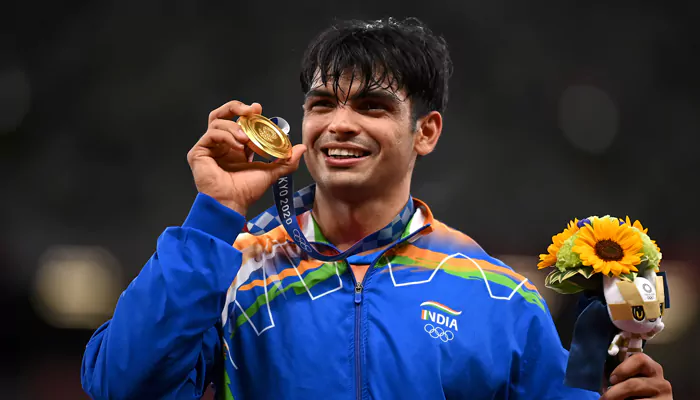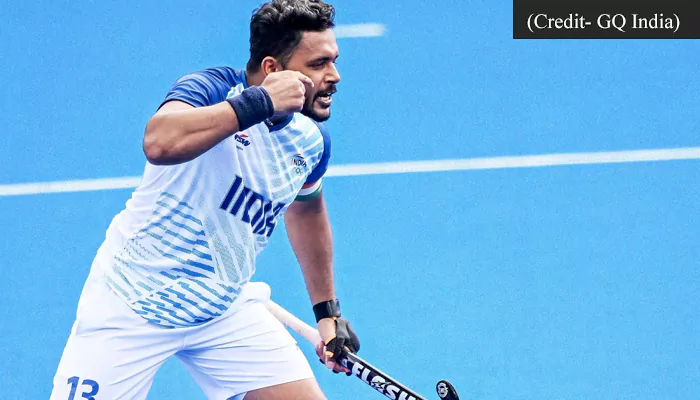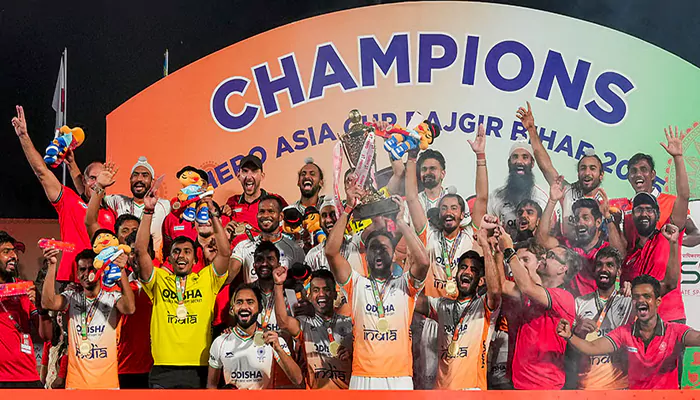Three Slots, Four Superstars: How Will THESE Players Fit into India’s ODI Puzzle?
- Sayan Guha
- 11 months ago
- 4 minutes read

Ahead of the Champions Trophy, India’s ODI team faces a pleasant dilemma – four brilliant batters, but only three slots. Who makes the cut?
When was the last time Indian cricket fans wondered whether there were too many middle-order options? This is not an unusual complaint. However, with the England ODI series and Champions Trophy coming, India’s team management faces an enviable challenge: Rishabh Pant, KL Rahul, Shreyas Iyer, and Hardik Pandya—four veterans vying for just three berths.
The stakes? Immense. The choice? Tricky
India’s middle order has served as its backbone, absorbing breakdowns, counterattacking under pressure, and securing victory. However, in a contest with razor-thin margins, getting this combination perfect might be the difference between winning the trophy and returning home empty-handed.
The return of Rishabh Pant: A left-handed question
Pant’s return from injury is both a gift and a worry. His explosive hitting, along with his left-handedness, provides a much-needed contrast in an otherwise right-handed lineup. With Rohit Sharma, Shubman Gill, Virat Kohli, and others dominating the top order, Pant’s arrival might help to disrupt typical patterns and disturb opposition bowlers.
But numbers don’t lie, do they?
At No. 4, Pant averages 31 with a strike rate of 97, which is decent but not remarkable. In comparison, Shreyas Iyer, the current No. 4, has an average of over 65 at the World Cup and a strike rate of more than 110. When you consider Pant’s dominance in spin bowling, you question whether he can outperform him.
Shreyas Iyer: The unsung hero
Iyer may not make headlines like his peers, but his efforts speak eloquently. Spin bowlers, especially left-arm orthodox bowlers, despise bowling to him. He has an astounding average of 144 against them and strikes at over 100.
His latest Vijay Hazare Trophy performance supports his case: 325 runs in five innings, one dismissal, and two centuries to his credit. Leaving him out feels like blasphemy, doesn’t it?
KL Rahul: Mr. Dependable
Rahul’s greatest asset is his adaptability. He can open, anchor, or accelerate as necessary, making him a coach’s dream. Batting at No. 5, he averages 56.8 with a strike rate of 92.6, demonstrating consistency that India cannot afford to miss.
He also provides a sense of peace during emergencies. Remember India’s World Cup opening versus Australia? His partnership with Kohli changed the tide after early wickets. Rahul is the safety net India may rely on in high-pressure games.
Hardik Pandya: The non-negotiable
Hardik Pandya’s name is unmistakable. His dual position as a batter and bowler provides India with unparalleled versatility. Dropping him would damage the middle order and force India to play with only five bowling options, a risk they are unlikely to accept.
KL Rahul in ODIs since 2020:-
— 𝙏𝙃𝙀 𝙐𝙋𝘼𝘿𝙃𝙔𝘼𝙔 🚩 (@the_upadhyayji) January 15, 2025
47,80,19,88*,4,112,12,76,5,62*,108,7,12,55,9,49,1,30,73,14,8,39,64*,7,75*,9,32,111,39,19,58*,52,26,97*,19*,34*,27,39,21,8,102,39*,66,56,21,31,0
Even after being this consistent in the format from last 5 years his place is being questioned by PR! pic.twitter.com/FpShRcz7Kg
Keeper-for-keeper: Rahul vs Pant
Could Pant replace Rahul as a wicketkeeper batter? It is improbable. Rahul’s keeping may lack Pant’s flare, but it is dependable. Most notably, his batting statistics outperform Pant’s. While Pant scores more quickly, Rahul’s consistency and versatility offer him an advantage in high-stakes games.
The best kind of problem
So, where does this leave India? At a crossroads that most teams would envy. Pant’s left-handedness may tilt the scales to his advantage if India prioritises right-left balance. If not, Iyer and Rahul will keep their positions, with Pant as a backup.
Isn’t it harsh to bench a player like Pant, who would fit into most teams in this tournament? However, altering the balance with a stable squad that just won the T20 World Cup may be unnecessary.
For now, India’s embarrassment of resources is nothing more than a delicious problem for the selectors and a riddle for fans to solve. But one thing is sure: whoever sits out, the middle order remains in capable hands.

